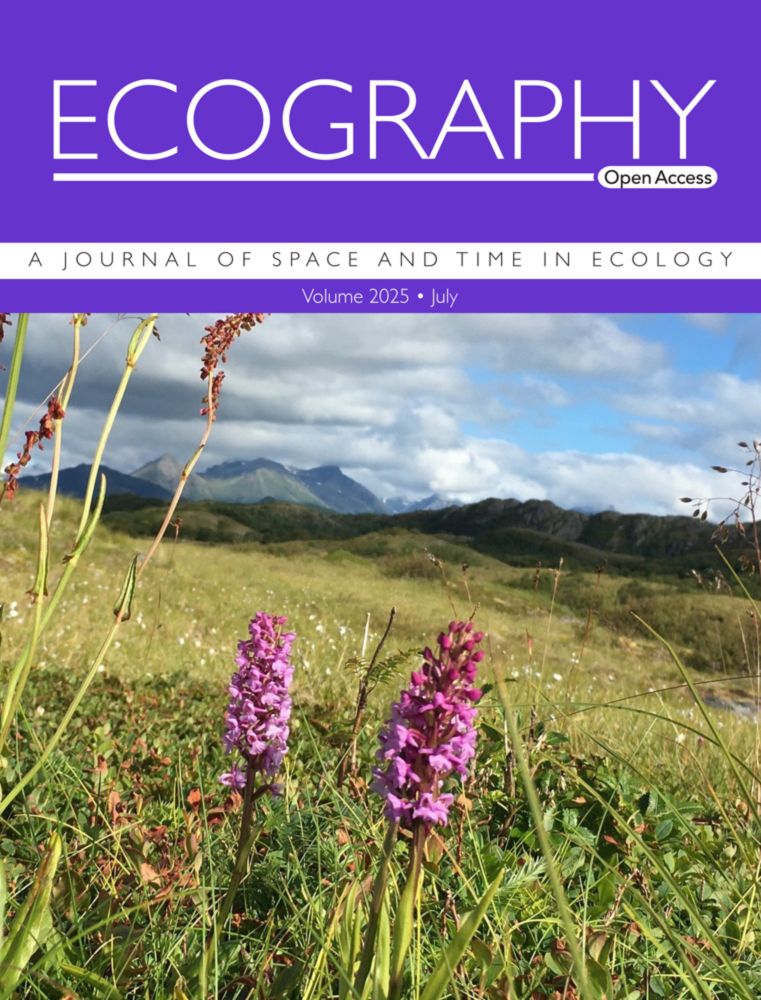Sara Gamboa
@paleobicha.bsky.social
130 followers
120 following
36 posts
Palaeontologist doing Ecology. Postdoc researcher at
MAPASLab at uvigo. Member of _PMMV_ and MujerPiesTierra. Feminist. She/her/ella.
Posts
Media
Videos
Starter Packs
Reposted by Sara Gamboa
Reposted by Sara Gamboa
Reposted by Sara Gamboa
Reposted by Sara Gamboa
Reposted by Sara Gamboa
Sara Gamboa
@paleobicha.bsky.social
· Jul 10

The division of food space among mammalian species on biomes
Understanding how species' ecological partitioning functions across biomes is fundamental to macroecology and conservation biology. Here, we examine the global distribution of dietary strategies in t...
doi.org
Sara Gamboa
@paleobicha.bsky.social
· Jul 10
Sara Gamboa
@paleobicha.bsky.social
· Jul 10
Sara Gamboa
@paleobicha.bsky.social
· Jul 10
Sara Gamboa
@paleobicha.bsky.social
· Jul 10
Sara Gamboa
@paleobicha.bsky.social
· Jul 10
Sara Gamboa
@paleobicha.bsky.social
· Jul 10
Sara Gamboa
@paleobicha.bsky.social
· Jul 10
Sara Gamboa
@paleobicha.bsky.social
· Jul 10
Sara Gamboa
@paleobicha.bsky.social
· Jul 10

The division of food space among mammalian species on biomes
Understanding how species' ecological partitioning functions across biomes is fundamental to macroecology and conservation biology. Here, we examine the global distribution of dietary strategies in t...
nsojournals.onlinelibrary.wiley.com











